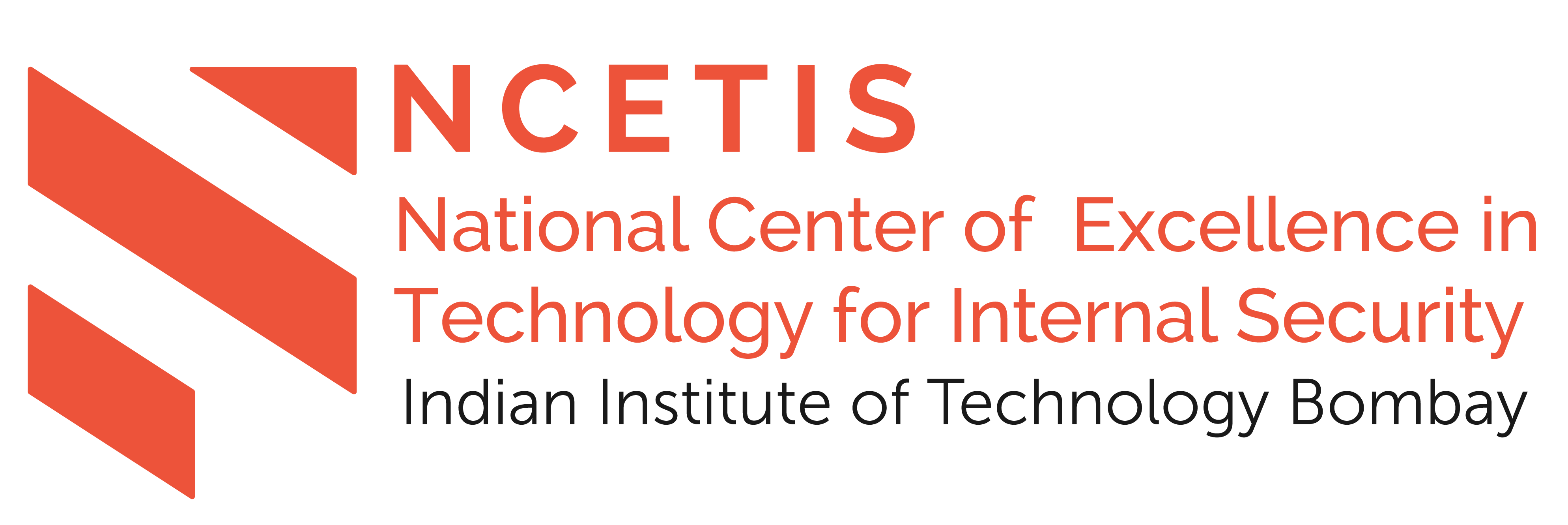Biometric Applications
Prof. Vikram Gadre
Biometrics is a study of automated methods for uniquely recognizing humans based on one or more intrinsic physical or behavioural traits of a human, such as fingerprint, iris, face, ear, gait and so on.
Tremendous growth has taken place in automatic biometric based person authentication systems since the last four decades and today it has numerous applications ranging from person identification, forensics, border security and attendance system to large scale national program like Aadhaar, launched by the Government of India.
Research Areas :
1. Smartphone based Touchless Fingerprint Recognition System.
2. Latent fingerprint recognition.
3. Unconstrained Ear Recognition.
4. Iris Recognition: Monogenic wavelet for iris phase encoding.
5. Deformation invariant classification of large scale fingerprint database.
The Center focuses on developing advanced signal processing methods in acquiring, processing and analyzing biometric information – especially latent fingerprint information, 2D fingerprint,iris, face and ear information. The technology so developed will lay the foundations for improved biometric identification with applications for security forces.
Smartphone based Touchless Fingerprint Identification System :
Conventional touch-based fingerprint systems have issues such as elastic distortion and non-uniform contact area which increases false nonmatching rate which is a serious issue in a negative biometric application like de-duplication. Touch-less fingerprint acquisition is an optimized solution to get rid of the nonlinear distortion problem, but simultaneously it offers new challenges like refection, complex background, and non-uniform illumination. To get rid of the distortion problem of the touch-based system, we successfully developed a smartphone based touch-less fingerprint recognition system.

Some of the key features of the system are described below:
• Supports smartphone camera based touch-less fingerprint acquisition as well as conventional touch-
based scanner interface (via OTG cable) for the acquisition.
• Modes supported: User Enrolment, Verification and identification.
• A novel monogenic wavelet based touchless fingerprint enhancement algorithm using phase congruency
features has been developed and used.
• Biometric templates are stored into a remote server for later matching purposes.
• During identification/verification, stored templates are retrieved instantly from the remote server database
and matched with the acquired template.
